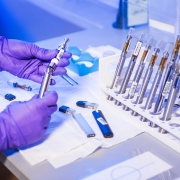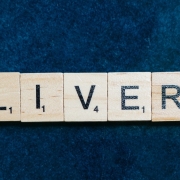An Update on the Implications of New Psychoactive Substances in Public Health
The emergence of new psychoactive substances has earned a great deal of attention, and several reports of acute poisoning and deaths have been issued involving, for instance, synthetic opiates. Read more









